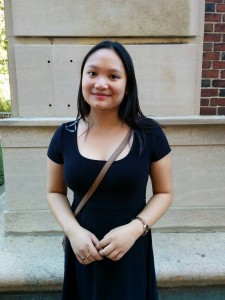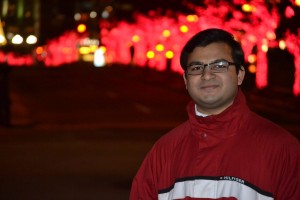In 1850, William Gladstone asked the scientist Michael Faraday why electricity was valuable. Faraday answered, “One day, sir, you may tax it.”
Indeed, electricity has become such a fundamental part of modern society. We use it for almost everything we do: from lighting up this classroom, to charging our phones, to sharing this powerpoint presentation with you.
But what many fail to see is that the generation of electricity has become so widespread that its environmental impact is simply not negligible anymore. Most electricity today is generated at power plants that convert some other kind of energy into electrical power. Each system has advantages and disadvantages, but ultimately, many of them pose environmental concerns.
Indeed, the majority of our electricity production is based on burning fossil fuels to produce steam, which is then used to drive a turbine that, in turn, drives an electrical generator. In addition to being harmful to the environment, these are non-renewable and limited sources of energy on earth, so we must consume electricity in a conscientious and sustainable way in order to ensure our energy supply in the long term – for ourselves but also for future generations. Additionally, as Faraday predicted, electricity, and most importantly energy, is not free. The electricity bills add up, and the longer we leave our lights turned on for nothing, the more money we waste.
Hence, even a small amount of saved electricity can have a large positive impact on our environment, and at McGill in particular.
So what’s the solution? Taking it one step at a time. Starting small. The goal is to promote sustainability at McGill, and we can do so by installing automatic, motion sensor lighting in as many campus buildings as possible. The Schulich Library has already jumped onto the energy-saving bandwagon by installing such automatic lighting, but many buildings have yet to catch up, such as the Birks building.
McGill’s Birks building comprises four floors and is mostly used by the facilities staff and students of McGill University. It consists of classrooms, offices, hallways, staircases, a library and washrooms, as well as a chapel. The lights in the building are kept on for around 10 to 12 hours per day, 5 days a week.
Ultimately, these lights do not need to be turned on consistently for that entire period of time whilst a classroom is not in use, or whilst a staff member is not in his/her office. Similarly, lights in the staircases need not to be switched on when not in use. We have consulted with students and staff of the building and they informed us that the lights remain turned on in between classes, and are only rarely switched off if someone walks by and notices. Likewise, lights in the washrooms are kept on for a stretch of 10 to 12 hours per day even when they are not in use, ultimately resulting in an evident loss of energy.
Moreover, even smaller instances that we look over also have an impact on the consumption of energy. For instance, staff working in their offices may forget to turn off their lights before leaving for lunch. Furthermore, a massive amount is spent on lighting up the library and the staircases alone due to their sheer size.
Therefore, I believe that the installation of motion sensor lighting is the solution to all the problems mentioned above. After using the equation E = P*t, one can calculate that motion sensor automatic lighting can save an estimated 23,351 kWh of electrical energy per year – about 50% of its total energy consumption – as well as over $1,400 per year, assuming that electricity costs 6 cents per kWh.
Perhaps it is worth looking into… saving the planet is ultimately done one step at a time!




